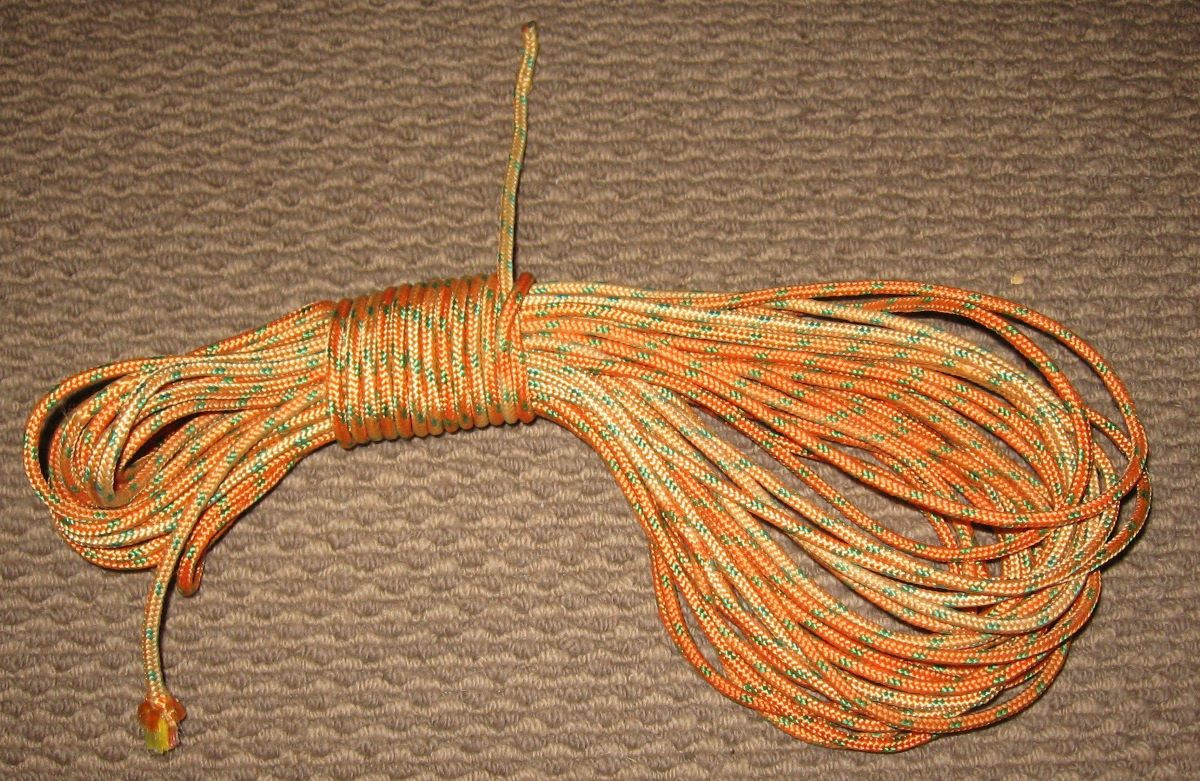

Articles
How To Store Paracord Without Tangling
Modified: May 6, 2024
Discover effective ways to store paracord without tangling in this informative article. Keep your paracord organized and ready for use with these helpful tips.
(Many of the links in this article redirect to a specific reviewed product. Your purchase of these products through affiliate links helps to generate commission for Storables.com, at no extra cost. Learn more)
Introduction
Paracord, also known as parachute cord, is a versatile and durable type of rope that can be used in various outdoor activities such as camping, hiking, and survival situations. It is known for its strength and flexibility, making it an essential tool for any adventurer or outdoor enthusiast. However, one common challenge with paracord is how to store it without it becoming tangled. If you’ve ever struggled with untangling a knotted mess of paracord, fret not. In this article, we will explore ten tips on how to store paracord without tangling, ensuring that your cord is always organized and ready for use.
Key Takeaways:
- Keep your paracord organized and tangle-free by coiling, using dispensers, and wrapping it around spools. Utilize cord keepers, hang on hooks, or store in zippered bags for space-saving solutions. Consistency is key to maintaining an organized storage system.
- For quick access, use carabiners, winders, or store in tackle boxes. Each method offers unique advantages, so choose the one that best suits your needs. By following these tips, your paracord will always be ready for your next adventure.
Read more: How To Store A Necklace Without Tangling
Tip 1: Coil Your Paracord
Coiling your paracord is one of the easiest and most effective ways to prevent tangles. To do this, start by grasping one end of the paracord and hold it between your thumb and forefinger. With your other hand, begin to make large, loose loops with the cord, stacking them neatly on top of each other.
Ensure that each loop is approximately the same size to maintain an even coil. Continue coiling until you reach the end of the paracord. Once fully coiled, secure the coiled paracord by tying it off with a small piece of string or by using a rubber band.
By coiling your paracord, you not only prevent it from tangling but also make it easier to store and transport. Plus, when you’re ready to use the paracord, it’s much simpler to uncoil and straighten out, saving you valuable time and frustration.
Tip 2: Use a Paracord Dispenser
A paracord dispenser is an excellent tool for keeping your paracord neatly organized and tangle-free. This device typically consists of a spool that holds the paracord securely in place while allowing you to easily unwind the desired length when needed.
To use a paracord dispenser, simply insert the end of the paracord into the center of the spool, and then start winding the paracord around the spool in a figure-eight pattern. Make sure to keep the loops tight and evenly spaced as you wind.
The main advantage of using a paracord dispenser is that it eliminates the need to remove the entire length of the cord from storage. Instead, you can pull out the desired length while keeping the rest of the cord neatly contained on the spool. This not only prevents tangling but also makes it easier to store and transport the paracord.
Paracord dispensers are available in various sizes and materials, allowing you to choose one that suits your specific needs. Some dispensers even come with built-in cutters, making it convenient to trim the paracord to the desired length without needing separate tools.
Whether you’re a professional adventurer or just enjoy outdoor activities on the weekends, a paracord dispenser is a valuable tool to have in your arsenal. It ensures that your paracord is always organized, easily accessible, and free from tangles.
Tip 3: Wrap the Paracord Around a Spool
If you don’t have a paracord dispenser, don’t worry! Another effective method for storing paracord without tangling is to wrap it around a spool. A spool can be any cylindrical object with a hole in the center, such as a water bottle, PVC pipe, or even a piece of cardboard.
To wrap the paracord around a spool, start by securing one end of the paracord to the spool with a knot or by tucking it through the hole. Then, begin winding the paracord around the spool, making sure to keep the loops tight and evenly spaced. Continue wrapping until you reach the end of the paracord.
Wrapping the paracord around a spool not only prevents tangling but also helps to keep it in a neat and organized manner. The spool provides structure and support to the paracord, making it easier to handle and store. Additionally, by wrapping it around a spool, you can easily see the length of the paracord at a glance, which is helpful when determining how much cord you have available.
When storing the spooled paracord, you can secure it with a rubber band, tape, or string to prevent it from unraveling. This ensures that your paracord remains tangle-free and ready for use whenever you need it.
Using a spool to wrap your paracord is a simple and affordable solution that allows for easy storage and organization. It’s a great option if you don’t have access to a paracord dispenser or prefer a DIY approach. Give it a try and see how it can simplify your paracord storage needs.
Tip 4: Utilize Cord Keepers or Cable Clips
Cord keepers or cable clips are handy tools designed to keep cords and cables organized and tangle-free. These small and lightweight accessories are perfect for managing your paracord storage as well.
To utilize cord keepers or cable clips for your paracord, simply gather the cord and secure it with a keeper or clip. These devices often have built-in notches or hooks that hold the paracord in place, preventing it from getting tangled or unraveled.
You can find cord keepers or cable clips in various sizes and designs to accommodate different cord thicknesses. Some have adhesive backing that allows you to stick them onto flat surfaces, while others have clips that can be attached to straps, belts, or backpacks.
By using cord keepers or cable clips, you can easily store and carry your paracord without worrying about knots or tangles. These accessories provide a convenient and space-saving solution, especially when you’re on the go or need to secure multiple cords together.
Another benefit of cord keepers and cable clips is that they offer quick and easy access to your paracord whenever you need it. No more digging through bags or unraveling a tangled mess – simply unclip or release the cord from the keeper, and you’re good to go.
Whether you’re storing your paracord at home or taking it on an outdoor adventure, cord keepers or cable clips are practical tools that can make your life easier. Invest in a few of these handy accessories, and you’ll never have to deal with tangled paracord again.
Tip 5: Hang Your Paracord on Hooks or Pegboards
Hanging your paracord on hooks or pegboards is a simple yet effective method for storing and organizing your cord without the risk of tangling. This method works well if you have a dedicated space, such as a garage or workshop, where you can hang your paracord.
Start by installing hooks or pegboards on a wall or any other suitable surface. Make sure the hooks are sturdy and can support the weight of multiple strands of paracord. If you opt for pegboards, choose ones with holes that are large enough to accommodate the thickness of your paracord.
Once the hooks or pegboards are in place, coil your paracord and hang it on the hooks or attach it to the pegboard using the holes. You can hang each coil separately or group them together based on color or length for easy identification. The key is to keep the loops of paracord secure and prevent them from coming into contact with each other.
Hanging your paracord provides several benefits. First, it keeps the cord visible and easily accessible, which is especially helpful when you need to grab a specific length without untangling a mess. Second, it saves space as you can utilize vertical wall space instead of having your paracord taking up valuable drawer or shelf space.
Moreover, hanging your paracord on hooks or pegboards allows air circulation around the cord, preventing moisture build-up and potential damage. It also helps maintain the natural tension and shape of the paracord, ensuring that it stays in good condition for longer periods.
Whether you’re a paracord enthusiast or use it for various outdoor activities, hanging your paracord on hooks or pegboards offers a practical and visually appealing storage solution. It not only keeps your cord organized and tangle-free but also adds a touch of functionality to your workspace or storage area.
To store paracord without tangling, use a spool or wrap it around a cord winder. Keep it in a dry, cool place to prevent mildew. Avoid storing it in direct sunlight to prevent UV damage.
Tip 6: Store the Paracord in Zippered Bags or Pouches
If you prefer a more compact and portable storage option for your paracord, consider using zippered bags or pouches. These versatile storage solutions provide protection and prevent tangling, making them ideal for storing smaller lengths of paracord or when you’re on the go.
To store your paracord in zippered bags or pouches, start by coiling the desired length of cord. Then, place the coiled paracord inside the bag or pouch and close the zipper securely. Make sure the cord is not too tightly packed to avoid unnecessary stress on the cord and potential tangles.
One advantage of using zippered bags or pouches is that they come in various sizes, allowing you to choose the right size to accommodate your paracord length. You can opt for small bags for shorter lengths or larger ones for longer cords.
These bags or pouches not only keep your paracord organized but also offer protection from moisture, dust, and other potential damage. Additionally, they are lightweight, compact, and easy to carry, making them convenient for travel or outdoor adventures.
Labeling your zippered bags or pouches can be useful, especially if you have multiple cords with different lengths or colors. You can use tags, labels, or even colorful tape to identify the contents of each bag or pouch, allowing for easy access and retrieval of the desired paracord.
Whether you prefer to store your paracord at home, in a car, or in a backpack, using zippered bags or pouches ensures that your cord remains organized and tangle-free. It’s a practical storage solution that keeps your paracord protected while offering convenience and portability.
Tip 7: Utilize Paracord Spools or Bobbins
Paracord spools or bobbins are specifically designed for storing and dispensing paracord. These cylindrical or cone-shaped accessories offer a convenient method to keep your paracord organized and tangle-free.
To utilize paracord spools or bobbins, start by winding the paracord around the spool in a neat and tight manner. Keep the loops evenly spaced and ensure that the cord is securely wrapped around the spool. Some spools or bobbins have built-in notches or hooks that help keep the cord in place.
The main advantage of using paracord spools or bobbins is that they provide a central core around which the paracord can be wound. This keeps the cord organized and prevents tangling when stored or transported. The spools also allow for easy dispensing of the cord without uncoiling the entire length.
Paracord spools or bobbins come in different materials and sizes, catering to various preferences and needs. Some are made of plastic or cardboard, while others are constructed from more durable materials like aluminum. Choose the spools or bobbins that suit your specific needs and the amount of paracord you have.
Another advantage of utilizing paracord spools or bobbins is their versatility. They can be used not only for storage but also for measuring and cutting the desired length of paracord. Some spools have measurement markings on the surface, making it easy to determine the length of cord needed for a particular task.
By using paracord spools or bobbins, you can keep your paracord neatly wound, easily accessible, and free from tangles. They are an excellent investment for anyone who regularly uses paracord or wants to have a well-organized cord storage solution.
Tip 8: Wrap the Paracord around Carabiners or D-rings
Another practical method for storing and organizing your paracord is to wrap it around carabiners or D-rings. These sturdy and versatile tools are commonly used in outdoor activities and can serve as convenient storage solutions for your paracord.
To wrap the paracord around carabiners or D-rings, start by coiling the desired length of cord. Then, thread the cord through the opening of the carabiner or D-ring, leaving a small loop at the end. Take the remaining cord and start wrapping it tightly around the carabiner or D-ring, making sure to keep the loops close together and secure.
Wrapping the paracord around carabiners or D-rings offers several advantages. Firstly, it keeps the cord neatly contained and prevents tangling, making it easier to access and use when needed. Secondly, carabiners and D-rings are portable and can be attached to backpacks, belts, or other gear, allowing you to always have your paracord on hand during outdoor adventures.
Furthermore, carabiners and D-rings come in various sizes, shapes, and materials, providing options to suit your preferences and storage needs. Choose carabiners or D-rings that are sturdy and secure enough to hold the weight of the paracord without slipping or becoming loose.
When using carabiners or D-rings for paracord storage, you can easily separate the length you need by unclasping the carabiner or detaching the D-ring. This eliminates the hassle of untangling or uncoiling the entire cord, saving you time and frustration.
Whether you’re an outdoor enthusiast, survivalist, or simply someone who wants to keep their paracord organized, using carabiners or D-rings offers a practical and portable storage solution. It keeps your paracord easily accessible, tangle-free, and ready for any adventure that comes your way.
Read more: How To Store Necklaces Without Tangling
Tip 9: Make Use of Paracord Winders
Paracord winders are specially designed tools that make storing and managing your paracord a breeze. These compact and easy-to-use devices allow you to quickly wind and unwind your cord, keeping it organized and tangle-free.
To use a paracord winder, start by securing one end of the paracord onto the center of the winder. Then, begin winding the cord around the winder, making sure to keep the loops tight and neatly stacked. Continue winding until you reach the desired length or have coiled the entire cord onto the winder.
Paracord winders come in different sizes and designs, with some featuring built-in handles for added convenience. They are typically made of durable materials such as plastic or metal, ensuring long-lasting use even in rugged outdoor conditions.
The main advantage of using paracord winders is their efficiency. They allow you to quickly wind your paracord into a tight and organized coil, minimizing the risk of tangles and knots. When you need to use the cord, simply unwind the desired length from the winder, and the rest of the cord will remain neatly wound and ready for future use.
Moreover, paracord winders are portable and lightweight, making them easy to carry in your backpack or outdoor gear. They are ideal for camping trips, hiking adventures, or any situation where you need to have your paracord easily accessible and tangle-free.
Whether you’re a survivalist, outdoor enthusiast, or someone who uses paracord for various projects, utilizing paracord winders is a practical storage solution. They help keep your cord organized, prevent tangles, and allow for easy deployment when you need it most.
Tip 10: Store the Paracord in a Tackle Box or Drawer
For those looking for a traditional storage option, storing your paracord in a tackle box or a designated drawer can offer a practical and efficient solution. Tackle boxes and drawers provide compartments and dividers that allow you to keep your paracord organized and easily accessible.
To store your paracord in a tackle box or drawer, start by coiling the cord into manageable lengths. Then, place each coiled section into separate compartments or dividers within the tackle box or drawer. You can organize the sections based on color, length, or any other categorization that suits your needs.
Using a tackle box with adjustable dividers allows you to customize the compartments to fit the size and length of your paracord. This ensures that each section has its dedicated space, preventing tangling and making it easy to find the specific length of paracord you need.
Storing your paracord in a tackle box or drawer offers several advantages. Firstly, it keeps your cord protected from dust, moisture, and potential damage that can occur when it is left exposed. Secondly, it allows you to easily visualize and access your paracord collection at a glance, saving you time and effort in searching for the right cord.
Tackle boxes and drawers are also versatile storage solutions. They can accommodate not only paracord but also other accessories and tools commonly used in outdoor activities. This makes them a convenient option for those who want to keep all their gear in one place.
Lastly, storing your paracord in a tackle box or drawer keeps your space neat and organized. By designating a specific area for your paracord, you can avoid clutter and ensure that everything is in its proper place whenever you need it.
Whether you’re a fishing enthusiast or simply want a dedicated storage space for your paracord, utilizing a tackle box or drawer is a tried-and-true method. It provides a secure, organized, and easily accessible solution that will keep your paracord tangle-free and ready for your next adventure.
Conclusion
Storing your paracord without tangling is essential for ensuring easy access and efficient use during your outdoor adventures. By implementing the tips mentioned in this article, you can keep your paracord organized and in top condition, ready for whenever you need it.
Coiling your paracord, using a paracord dispenser, and wrapping it around spools or bobbins are effective ways to prevent tangling while providing structure and ease of use. Additionally, utilizing cord keepers or cable clips, hanging your paracord on hooks or pegboards, and storing it in zippered bags or pouches offer space-saving and portable solutions.
Making use of carabiners or D-rings and paracord winders provide convenience and quick access to your paracord, while storing it in a tackle box or drawer offers a traditional yet practical method of organization. Each approach has its own advantages, allowing you to choose the storage method that best suits your needs and preferences.
Remember, the key to maintaining a tangle-free paracord storage system is consistency and organization. Always take the time to properly coil and store your paracord after each use, ensuring that it remains in good condition and ready for future adventures.
So, whether you’re planning a camping trip, tackling a DIY project, or preparing for unexpected situations, following these tips will help you keep your paracord organized, accessible, and free from frustrating tangles. Take care of your paracord, and it will always be there to support you in your outdoor endeavors.
Now that you've got a handle on keeping paracord untangled, why not tidy up all those other cords around your home? Our next feature offers practical advice on managing electrical cords effortlessly. You'll find innovative solutions that not only clear up clutter but also streamline your space for ease of use and safety. Don't let cords become a twisted challenge in your home or office.
Frequently Asked Questions about How To Store Paracord Without Tangling
Was this page helpful?
At Storables.com, we guarantee accurate and reliable information. Our content, validated by Expert Board Contributors, is crafted following stringent Editorial Policies. We're committed to providing you with well-researched, expert-backed insights for all your informational needs.


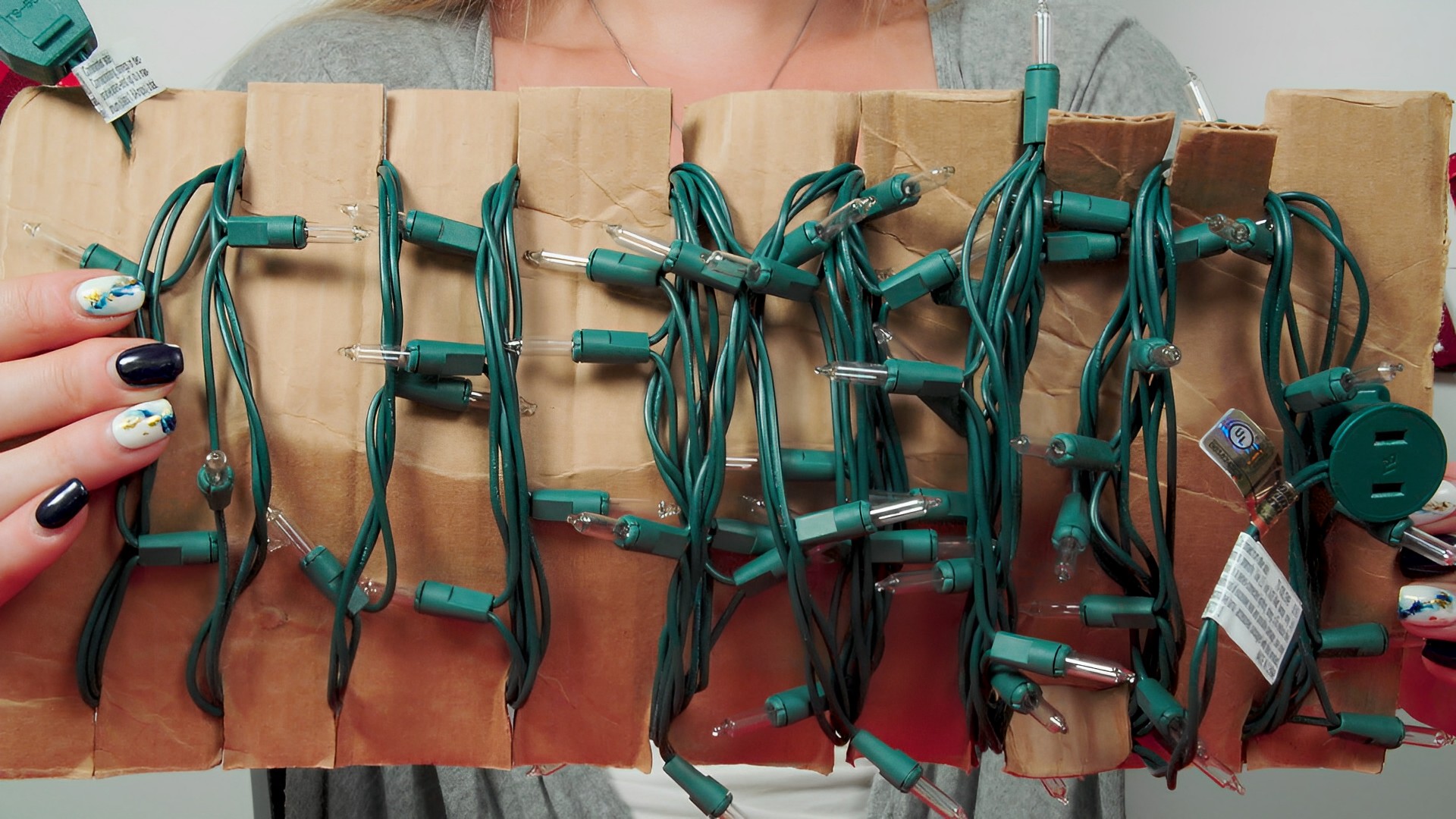
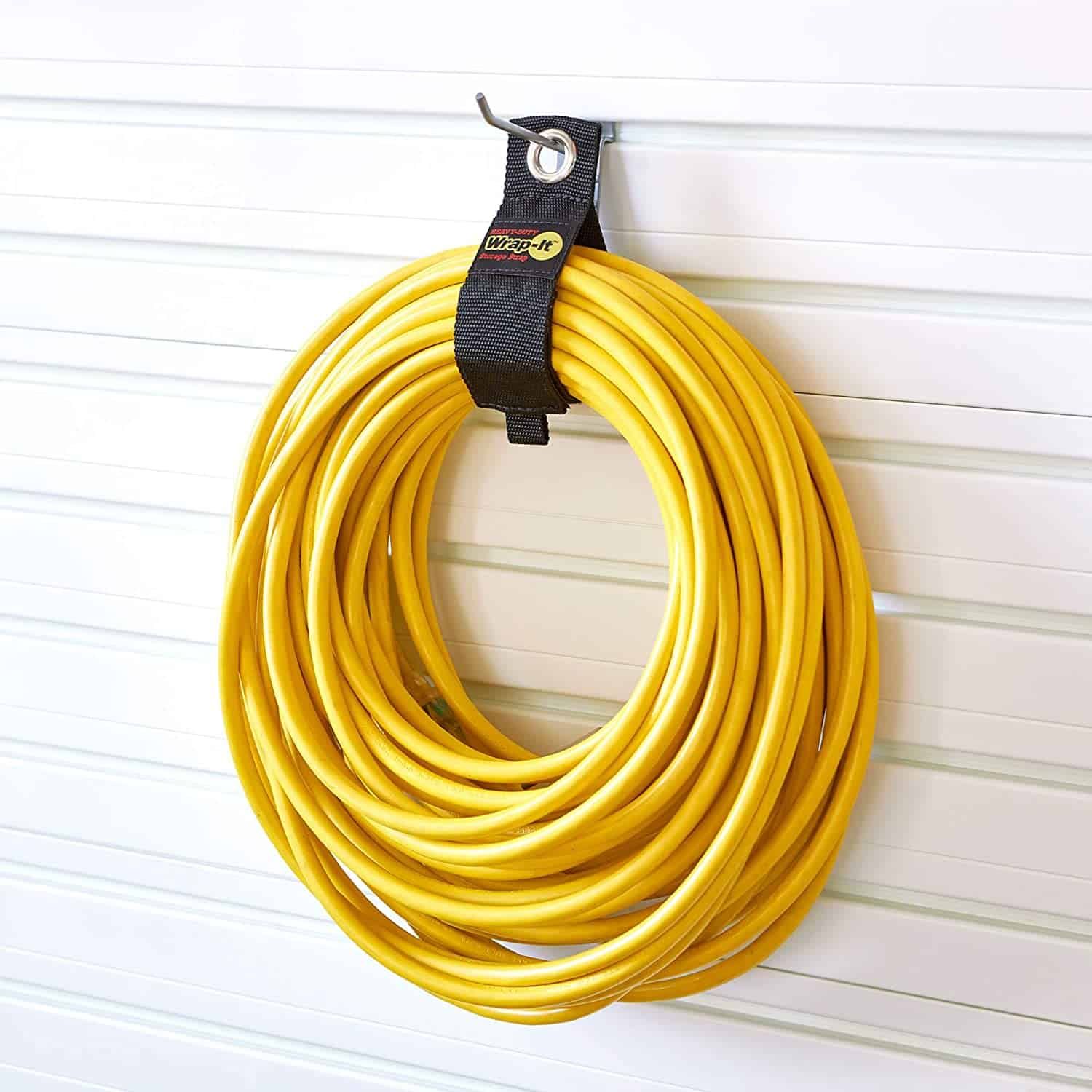
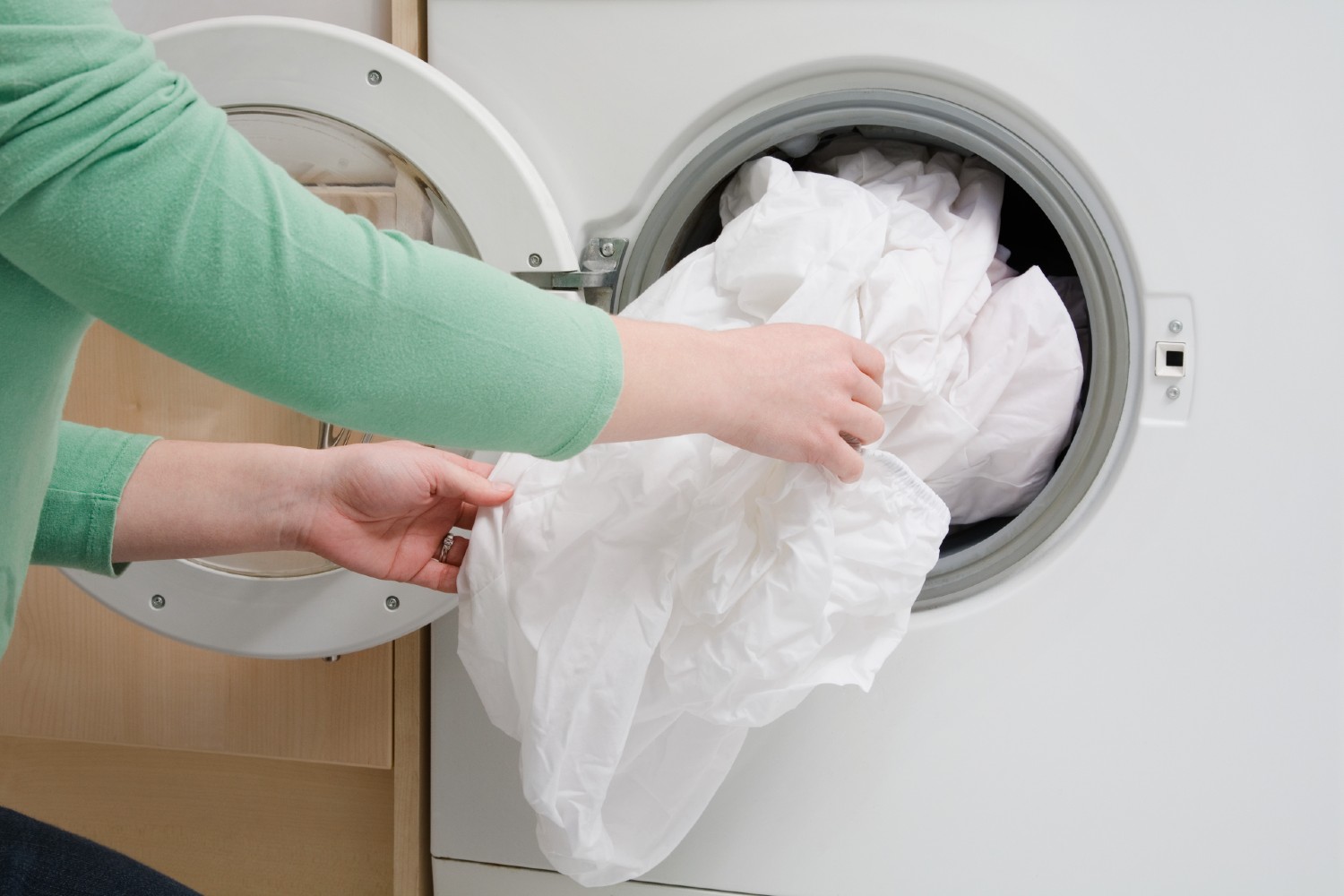

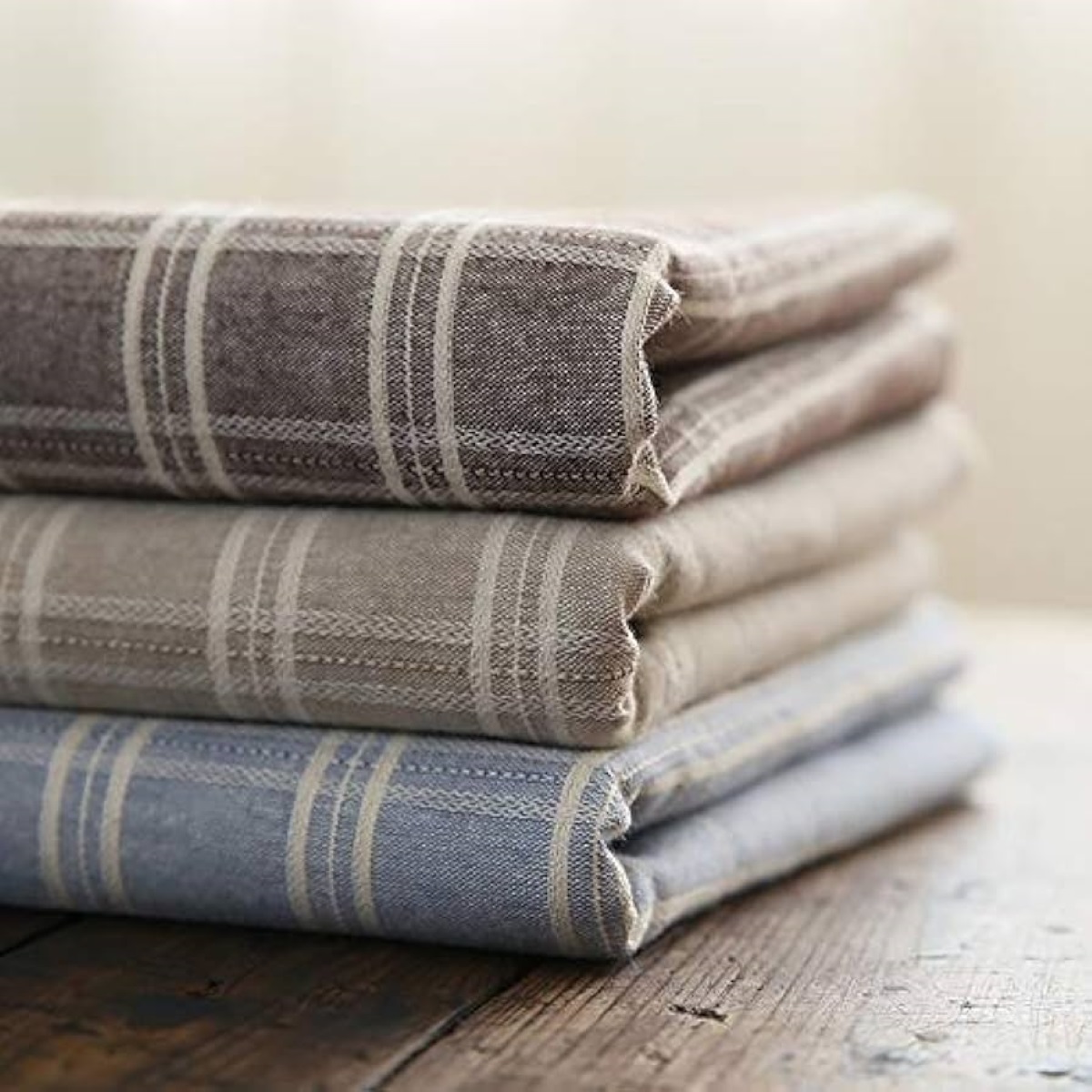


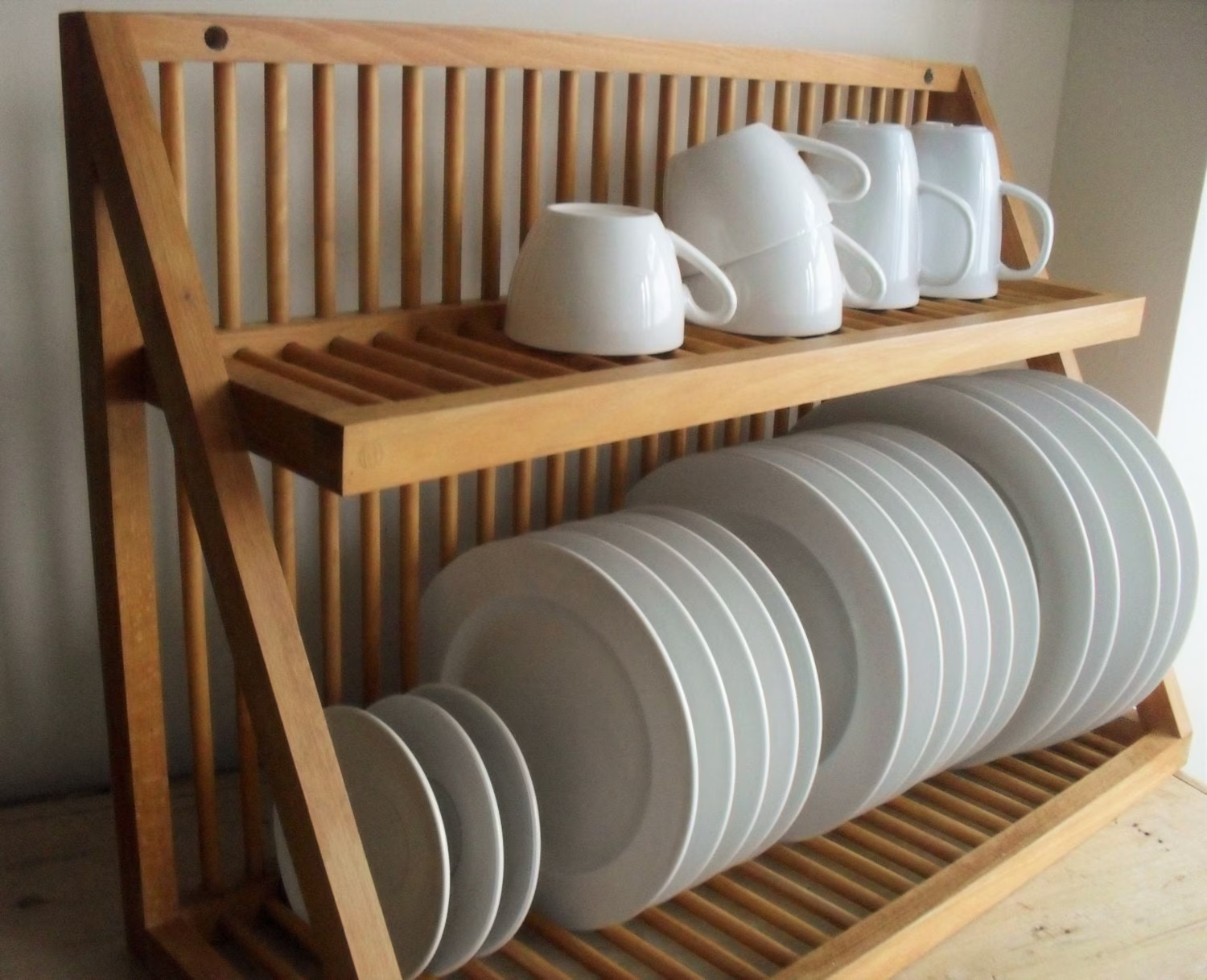


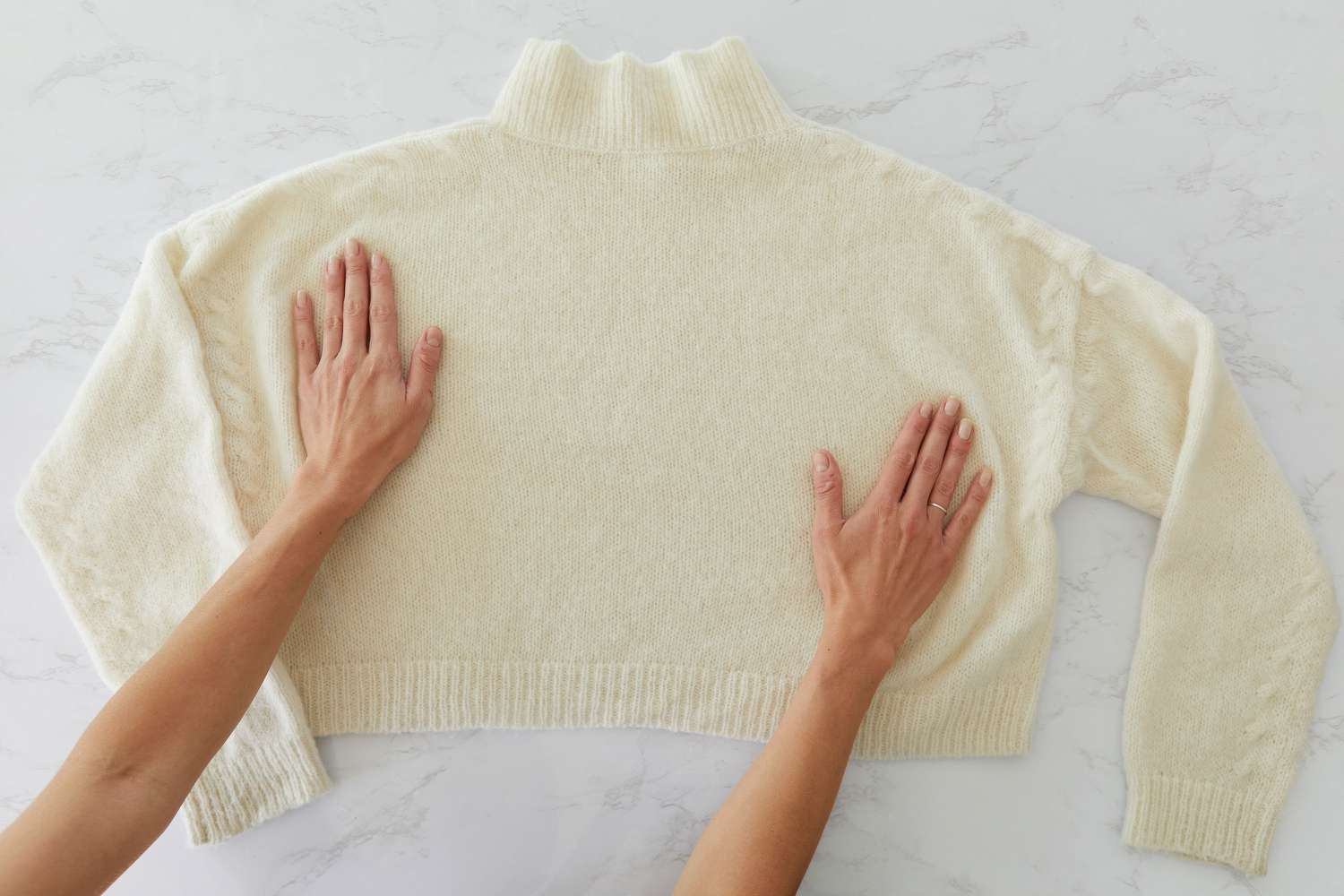

0 thoughts on “How To Store Paracord Without Tangling”